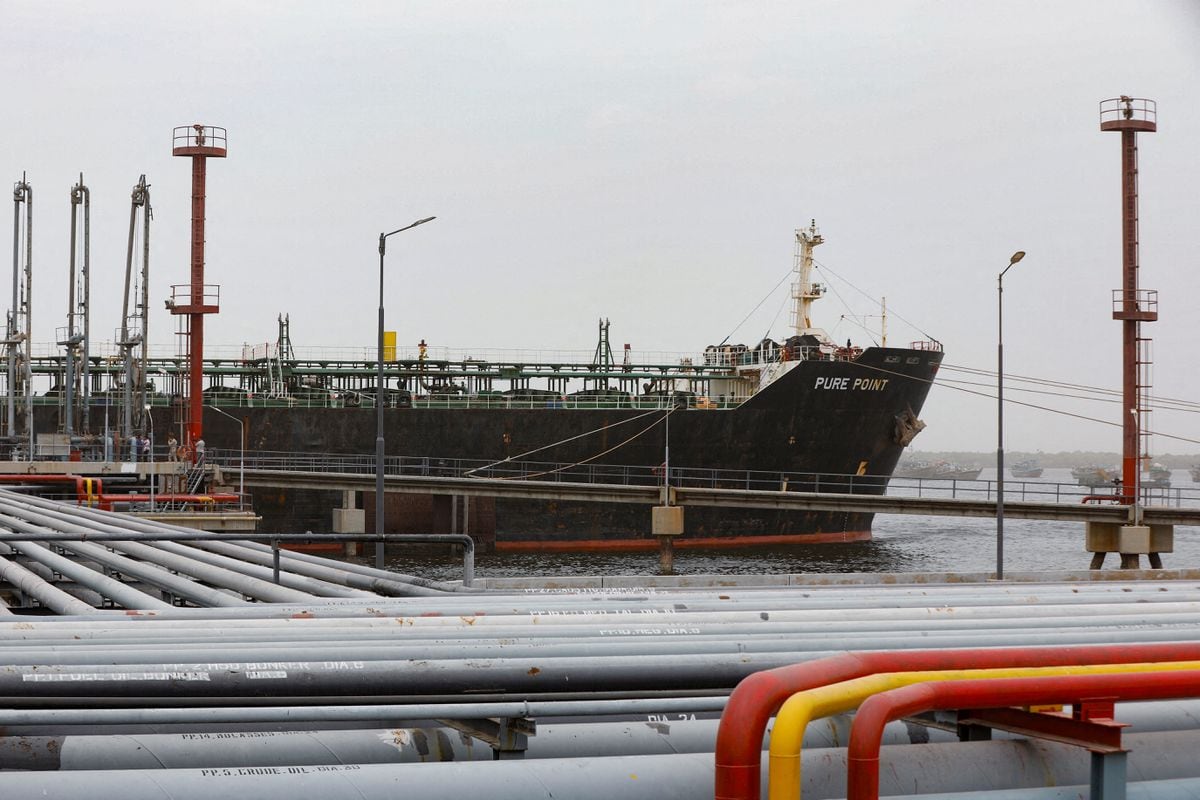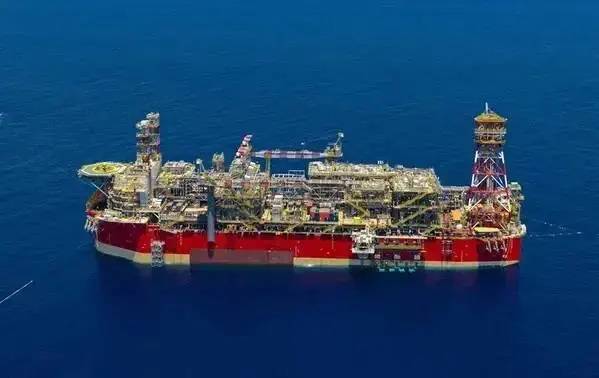
An international agreement to cap the price of Russian oil is an alternative. Secretary Yellen floated that idea, but it didn’t go anywhere. Because oil is a global market, consumers would pay the going world price, but Russia would receive the world price minus the tariff the tariff revenue could, for instance, be used to aid Ukraine. One textbook solution to keeping oil flowing from Russia but reducing its revenues would be for major importers to impose a tariff on Russian oil. (The rest goes through pipelines, roughly half towards Europe and half towards China.) officials estimate that ocean-going tankers carry about 70% of Russia’s 5.6 million barrels a day of crude oil exports. Russia normally accounts for about 10% of global oil production, but its exports have been reduced since its invasion of Ukraine. have agreed to stop buying (most) Russian oil, but Russia is still selling huge volumes-albeit at a discount from the world price-to India, China, and other energy-thirsty economies. The European Union, the U.S., Canada, and the U.K. Oil prices fell to $20 a barrel at the beginning of the pandemic in 2020, returned to pre-pandemic levels of around $60 a barrel in early 2021 as the economy recovered, and then spurted above $100 a barrel after Russia invaded Ukraine.

The second is not: to prevent an economically catastrophic increase in oil prices because of one element of European sanctions set to take effect at the end of this year. The first is well covered by the press: to reduce the flow of oil revenues that are financing Russia’s war machine. In fact, this is a creative and perhaps even practical response to two unusual imperatives. After all, if this were workable, why didn’t we do it years ago to bring down oil prices? Treasury Secretary Janet Yellen and recently endorsed by the leaders of the Group of Seven-sounds fanciful. U.S.The notion that oil-consuming nations should organize a buyers’ cartel to cap the price of oil-promoted by U.S. Natural gas production worldwide by region in billion cubic feet 2015 Natural gas production in Denmark 2005-2022 Natural gas production APAC 2022, by country Production increase of natural gas worldwide by region, 2019 compared to 2018 natural gas production 2010-2022ĬonocoPhillips' U.S. Natural gas production in the European Union 1998-2022ĮxxonMobil's U.S. Natural gas production in Europe and CIS 1998-2020 Italy: number of offshore natural gas producing wells 2012-2021 produced a total of nearly 25.4 trillion cubic feet of shale gas.

This has also offset production declines from conventional natural gas sources there. have become economically feasible to develop. natural gas end use.ĭue to recent advances in hydraulic fracturing (fracking) technology and horizontal drilling, shale gas sources in the U.S. Accordingly, domestic consumption of natural gas accounts for a large share of U.S. Although the United States is the world’s largest natural gas producer, it is the second largest exporter of natural gas. The total volume of natural gas produced worldwide amounted to 3.85 trillion cubic meters in 2020. Russia was the second largest natural gas producer, with its 2020 production amounting to over 693 billion cubic meters. In 2020, the United States was the world's largest natural gas producer in the world, producing nearly 948 billion cubic meters.


 0 kommentar(er)
0 kommentar(er)
